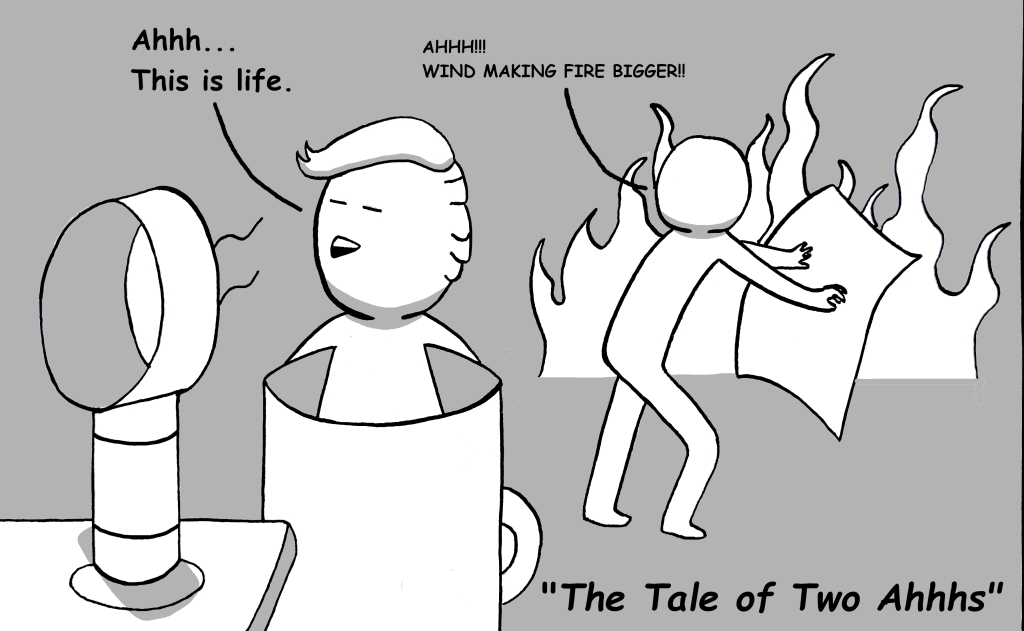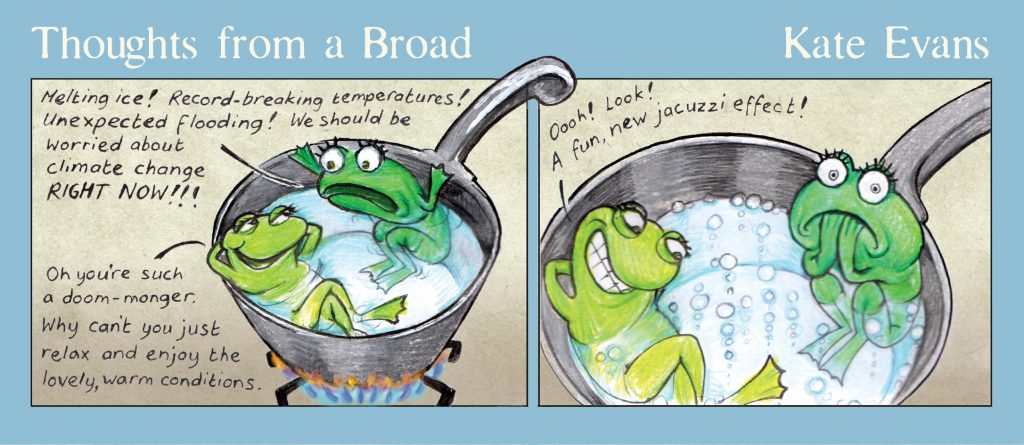Introduction
One of the greatest challenges to sustainable action is the psychological tendency known as temporal discounting—the tendency to prioritize immediate rewards over long-term benefits (Frederick, Loewenstein, & O’Donoghue, 2002). This cognitive bias makes it difficult for individuals and policymakers to take necessary actions to combat environmental crises, as the benefits of sustainability efforts often manifest in the distant future.

Timothy Morton’s concept of hyperobjects (2013) provides a compelling lens through which to understand the sustainability dilemma. Hyperobjects—vast, interconnected phenomena such as climate change and mass extinction—are so massive in scale and temporality that they exceed human comprehension, making them difficult to grasp emotionally and politically.
Read More- Sustainability and Ways to Develop It
Temporal Discounting and the Sustainability Challenge
Temporal discounting is a well-documented phenomenon in behavioral economics and psychology. It describes how people assign lower value to future rewards compared to immediate ones, even when the long-term benefits are objectively greater (Hardisty & Weber, 2009). This bias significantly impacts environmental decision-making, as many sustainability efforts—such as reducing carbon emissions, conserving biodiversity, or transitioning to renewable energy—require present sacrifices for future gains.

For example, studies show that individuals are less willing to invest in green technologies or change consumption habits when the benefits (such as reduced global warming) are perceived as distant and abstract (Jacquet et al., 2013). Policymakers, too, often prioritize short-term economic growth over long-term ecological stability, further exacerbating environmental degradation (Gifford, 2011).
Hyperobjects- The Unimaginable Scale of Climate Change
Timothy Morton’s concept of hyperobjects helps explain why climate change and other sustainability challenges feel overwhelming. Hyperobjects are vast, distributed, and persistent entities that defy human-scale perception. Climate change, for instance, is not a single, localized event but an all-encompassing phenomenon that unfolds over centuries, affects ecosystems and societies globally, and exists beyond human lifespans (Morton, 2013).

Because hyperobjects operate on timescales far beyond human experience, they contribute to cognitive and emotional distancing—a psychological barrier that makes it difficult for individuals to feel personally connected to the crisis (Morton, 2013). This detachment reinforces temporal discounting, as people struggle to see the immediate relevance of their actions in combating an issue that appears distant and incomprehensible.
Overcoming Temporal Discounting Through Reframing and Action
Addressing temporal discounting in the context of sustainability requires cognitive and structural interventions:
-
Making the Future Feel Immediate – Research suggests that concrete, near-term framing of climate consequences can reduce temporal discounting. For example, emphasizing immediate health benefits of reducing pollution (e.g., improved air quality) rather than distant environmental benefits makes sustainable actions more compelling (Hardisty & Weber, 2009).
-
Visualizing Hyperobjects in Human Terms – Since hyperobjects exceed normal perception, using data visualization, storytelling, and immersive experiences can help make their effects more tangible. Tools such as climate simulations, VR experiences, and personal narratives from climate-affected communities bridge the gap between abstract statistics and personal relevance (Nerlich, Koteyko, & Brown, 2010).
-
Policy Incentives for Short-Term Benefits – Economic and behavioral interventions can align short-term incentives with long-term sustainability. Carbon pricing, green subsidies, and immediate financial rewards for eco-friendly behavior (such as tax rebates for renewable energy adoption) mitigate the impact of temporal discounting in decision-making (Gifford, 2011).
-
Shifting Cultural Narratives – Morton (2013) suggests that we must move beyond human exceptionalism and recognize that we are enmeshed within ecological systems. Developing a cultural narrative that embraces interconnectivity and responsibility—rather than seeing the environment as an external entity—can reshape how we value future-oriented sustainability efforts.
Conclusion
Temporal discounting is a fundamental barrier to sustainable action, as it skews decision-making toward short-term gratification at the expense of long-term well-being. Timothy Morton’s concept of hyperobjects helps explain why climate change and other sustainability challenges feel overwhelming and distant. By reframing environmental issues in immediate, tangible ways and aligning short-term incentives with long-term sustainability goals, individuals and societies can overcome this psychological bias. Recognizing that we are already embedded within hyperobjects, rather than separate from them, is crucial for fostering a more sustainable and engaged future.
References
Frederick, S., Loewenstein, G., & O’Donoghue, T. (2002). Time discounting and time preference: A critical review. Journal of Economic Literature, 40(2), 351-401.
Gifford, R. (2011). The dragons of inaction: Psychological barriers that limit climate change mitigation and adaptation. American Psychologist, 66(4), 290-302.
Hardisty, D. J., & Weber, E. U. (2009). Discounting future green: Money versus the environment. Journal of Experimental Psychology: General, 138(3), 329-340.
Jacquet, J., Dietrich, M., & Jost, J. (2013). The ideological divide and climate change opinion: “Top-down” and “bottom-up” approaches. Frontiers in Psychology, 4, 400.
Morton, T. (2013). Hyperobjects: Philosophy and ecology after the end of the world. University of Minnesota Press.
Nerlich, B., Koteyko, N., & Brown, B. (2010). Theory and language of climate change communication. Wiley Interdisciplinary Reviews: Climate Change, 1(1), 97-110.
Subscribe to PsychUniverse
Get the latest updates and insights.
Join 3,022 other subscribers!
Niwlikar, B. A. (2025, April 3). Dilemma in Sustainable Action and 4 Ways to Overcome It. PsychUniverse. https://psychuniverse.com/dilemma-in-sustainable-action/



